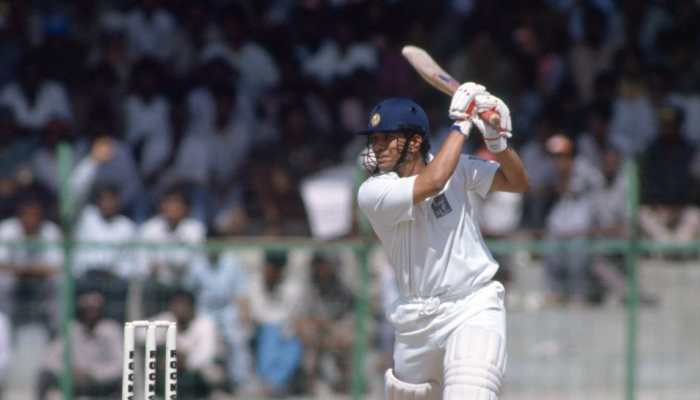How Manmohan Singh’s Big 1991 Plan Rescued India During Economic Crisis
Former Indian Prime Minister Manmohan Singh, who passed away at the age of 92, was the architect of key economic reforms that reshaped India. Serving as Prime Minister from 2004 to 2014, and previously as Finance Minister during the 1991 economic crisis, Singh introduced bold liberalizing measures that opened India's economy to global markets.
A Visionary Leader
)
Former Prime Minister Manmohan Singh, known as the architect of India’s economic liberalization, passed away on December 26. From 2004 to 2014, he served as India’s Prime Minister, but his remarkable journey began in 1991, when he assumed the role of Finance Minister during a grave economic crisis.
The Economic Crisis of 1991

In 1991, India faced one of its worst economic crises. The country’s foreign reserves were sufficient to cover only a few weeks of essential imports. Amid this dire situation, Manmohan Singh was appointed Finance Minister by then-Prime Minister P.V. Narasimha Rao, who had immense faith in his capabilities.
Tough Decisions in Tough Times

To tackle the crisis, Singh made bold decisions, including pledging India’s gold reserves to secure $400 million from the Bank of England. This historic step ensured the country could meet its import obligations and laid the groundwork for economic recovery. This step, though challenging, marked the beginning of economic liberalization in India in 1991.
Economic Liberalization Begins

Manmohan Singh introduced sweeping reforms to stabilize and revitalize the economy. He reduced government controls, promoted Foreign Direct Investment (FDI), and opened India’s markets to global trade. His reforms marked the beginning of a new era for India’s economy.
Ending the License Raj

One of Singh’s key achievements was dismantling the License Raj, a system that had restricted businesses for decades. By doing so, he encouraged entrepreneurship, fostered growth, and paved the way for India’s economic freedom.
His Landmark Initiatives as Prime Minister

As Prime Minister, Singh continued to shape India’s future. His initiatives included the Mahatma Gandhi National Rural Employment Guarantee Act (MGNREGA) and the Aadhaar system, both of which had transformative impacts on the nation’s socio-economic landscape.
A Legacy of Resilience and Progress

In his first Budget speech in 1991, Singh quoted Victor Hugo: “No power on Earth can stop an idea whose time has come.” He added, “India is now awake. We will rise from these challenges, and we will prevail.” His words and actions continue to inspire, leaving behind a legacy of resilience and progress.
Trending Photos








